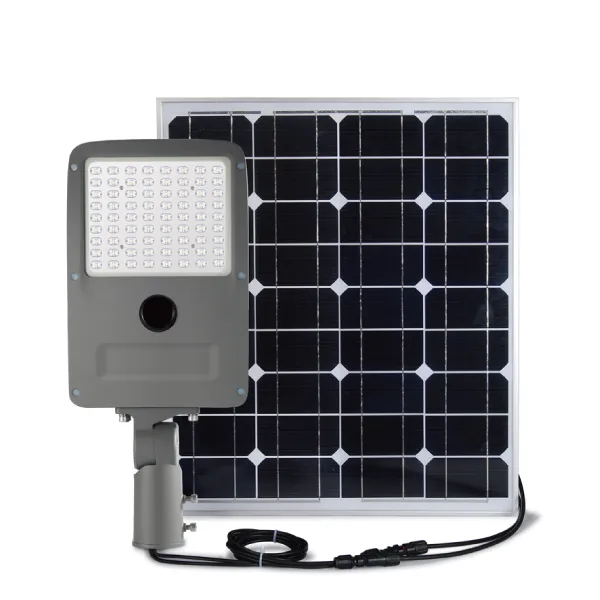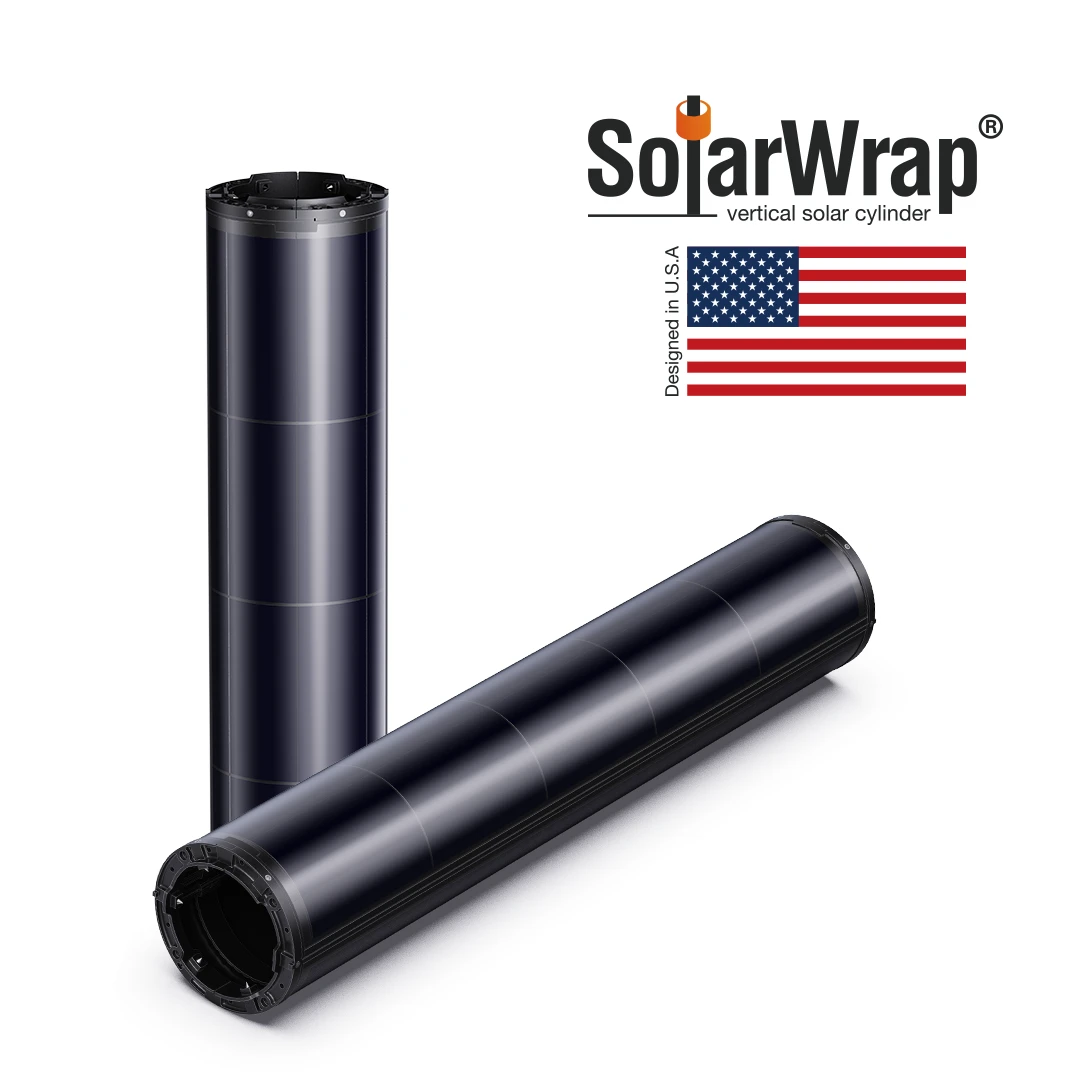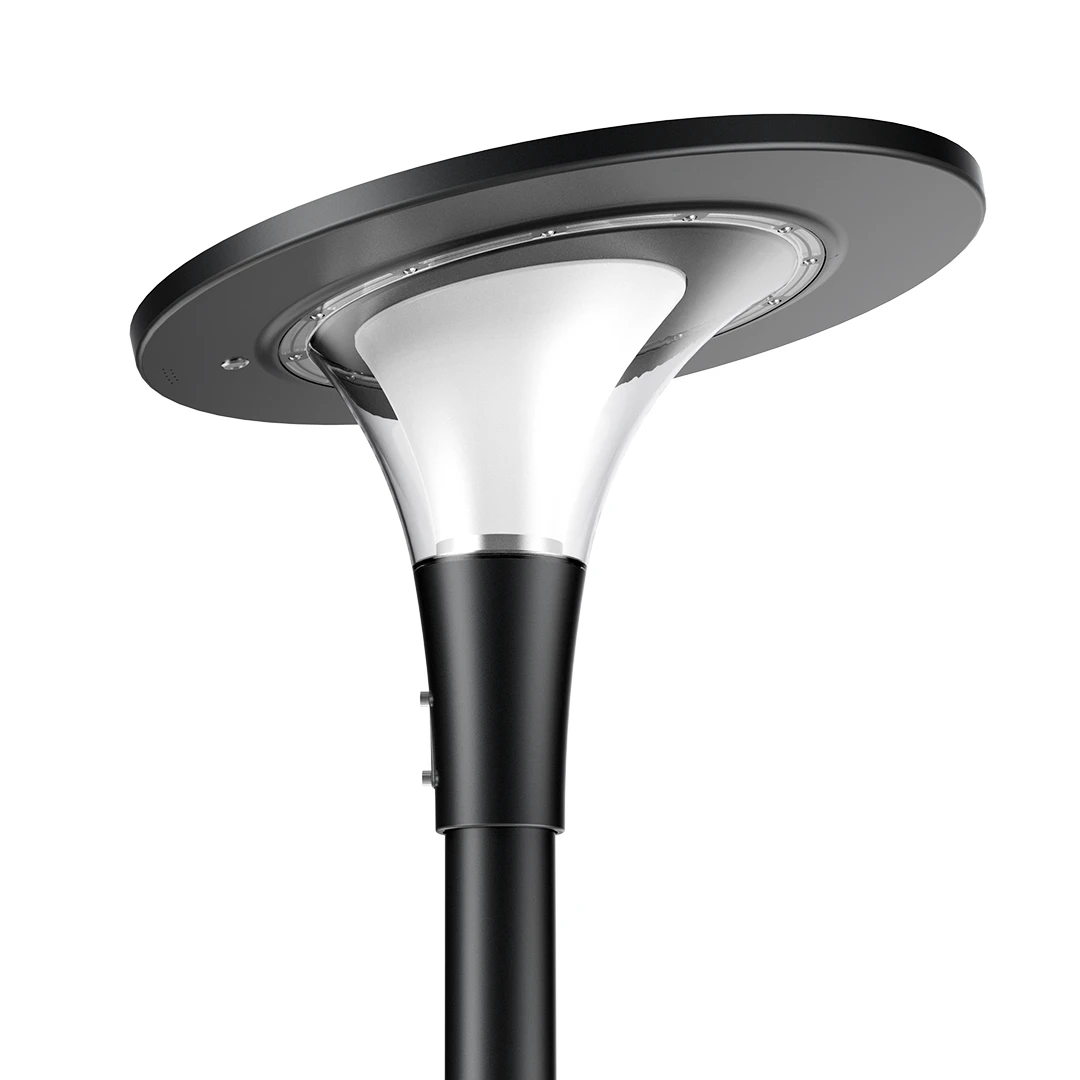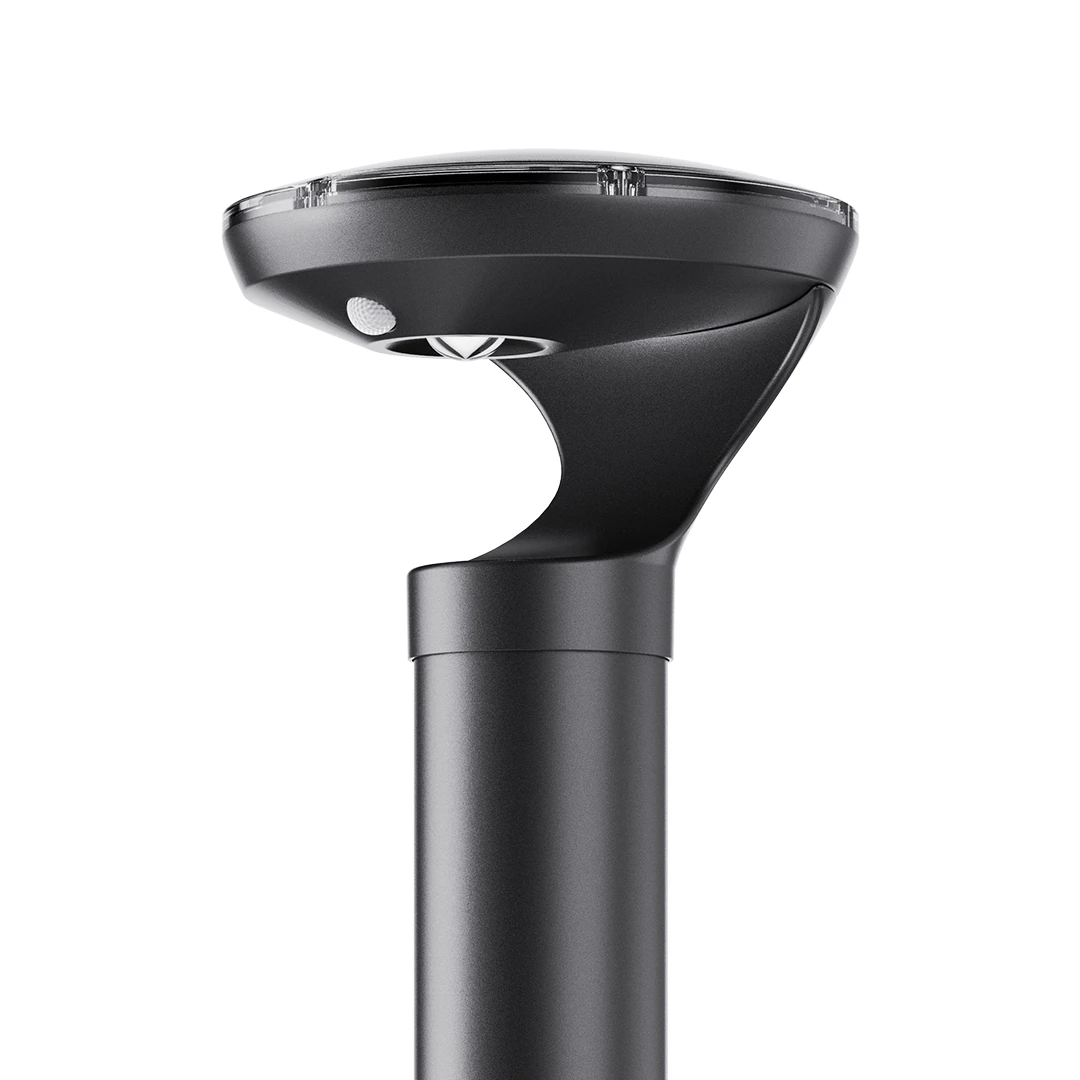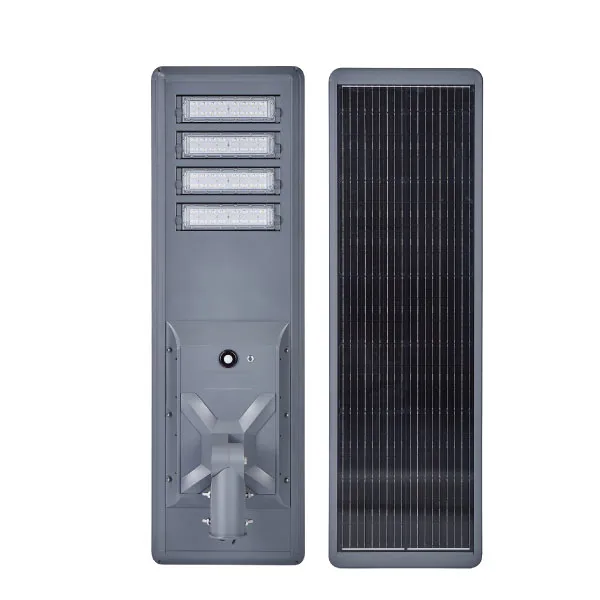How to solve the misjudgment with Separate On/Off Voltage Thresholds
In the world of solar lighting, accurate day/night detection is the foundation of reliable performance. As engineers at AURORAS INNOTECH, we have worked on numerous projects involving all in one solar LED street lights, high power solar street lights, and other advanced solar lighting systems. One recurring challenge we observed in real-world installations is false switching caused by light interference on the solar panel — particularly when the panel is mounted below the lamp head.
The Real-World Problem: Light-Induced Voltage Misjudgment
Traditionally, solar controllers rely on the voltage from the solar panel to determine whether it is day or night:
- High voltage → Daytime → Lights off
- Low voltage → Nighttime → Lights on
However, when the solar panel is installed underneath the lighting fixture, the lamp’s own illumination at night can shine onto the panel. This light, although weak compared to sunlight, still generates a small voltage. The controller may then misinterpret this as daylight, leading to premature light shutdown.
This phenomenon becomes particularly problematic for high-brightness fixtures, such as high power solar street lights used in urban and highway applications, where the reflected light onto the panel is significant enough to trigger false “daytime” signals. The AURORAS INNOTECH Engineering Solution: Independent On/Off Voltage Settings.
To address this, AURORAS INNOTECH introduced a separate On Voltage and Off Voltage setting in our latest remote controller designs.
- On Voltage Threshold — The voltage level below which the system will turn on the lights (e.g., 8V).
- Off Voltage Threshold — The voltage level above which the system will turn off the lights (e.g., 15V for an 18V system).
By separating these thresholds, the system now requires a significantly higher voltage to switch off than it does to switch on. This ensures that minor voltage increases caused by lamp illumination on the panel at night will not trigger the lights to turn off.
Example: 18V Solar Panel with 12V Battery System
Consider an installation using an 18V solar panel paired with a 12V battery:
Without hysteresis, both the On and Off thresholds might be set at ~15V, making the system vulnerable to light-induced false shutdowns.
With our new control logic, the Off Voltage is set at 15V while the On Voltage remains much lower (e.g., 8V). As long as the panel voltage remains below 15V at night — even with lamp light shining on it — the lights will stay on.
This simple yet powerful adjustment completely eliminates the problem of nighttime light misjudgment.
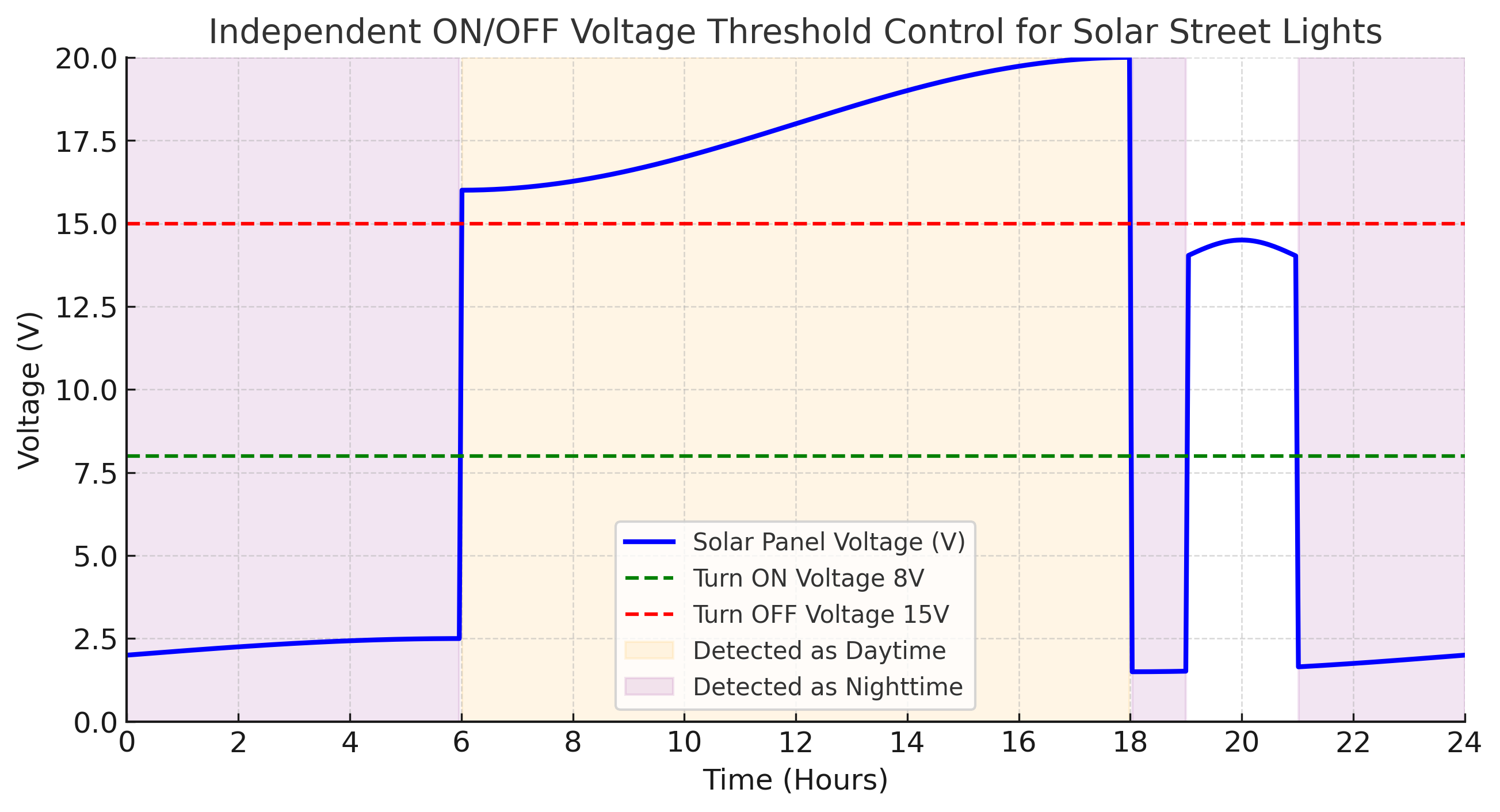
Engineering Advantages:
- Enhanced Reliability
Prevents flickering or unintended shutoff caused by self-illumination. - Longer Lifespan
Reduces unnecessary switching cycles, extending the life of LEDs and electronics.
- Adaptability
Works across different installation angles, panel positions, and product types.
- Optimized for Premium Lighting
Reduces unnecessary switching cycles, extending the life of LEDs and electronics.
Conclusion
As engineers, we know that real-world performance is defined not only by hardware specifications but also by smart control logic. By introducing independent On/Off voltage thresholds, AURORAS INNOTECH has enhanced the stability and reliability of solar lighting systems worldwide.
Whether you are installing a compact all in one solar LED street light for residential pathways or a high power solar street light for highway illumination, our advanced control system ensures consistent lighting performance — even in challenging installation scenarios. AURORAS INNOTECH remains committed to engineering innovation, delivering solar lighting solutions that excel in both efficiency and durability.
high power solar led street light
|smart solar charge controller


















